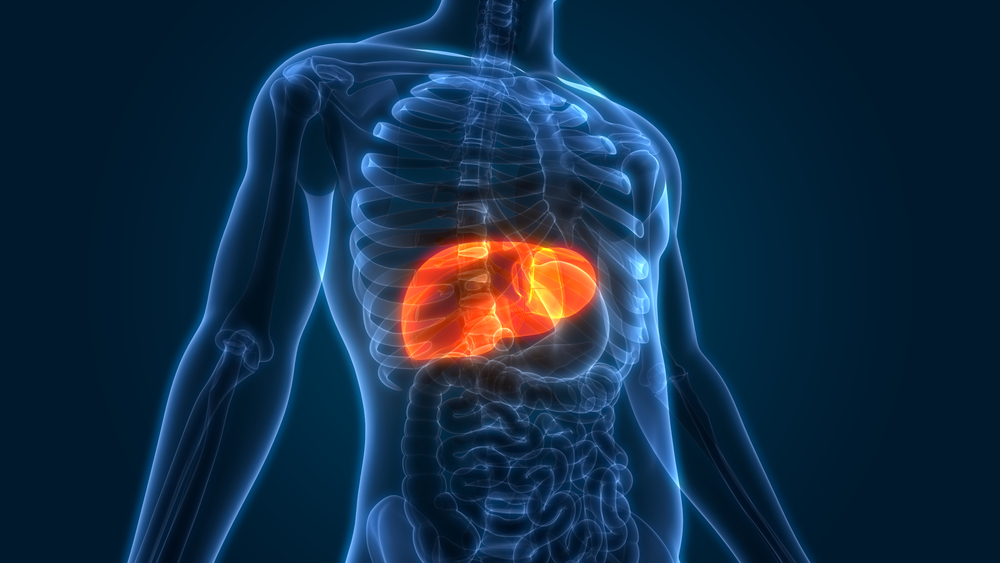A new study published in Chinese Medical Journal points to two new possible contributors to non-alcoholic fatty liver disease (NAFLD) — bile acids and lipid metabolism dysregulation.
Typically associated with obesity, insulin resistance, and type 2 diabetes, NAFLD is characterized as a metabolic disease. NAFLD can progress into Nonalcoholic steatohepatitis (NASH), a more serious condition involving liver inflammation and damage to liver cells.
Scientists do not fully understand how NAFLD develops and progresses, or why it becomes more severe in certain patients. Now, research on animal models indicated that the dysregulation of bile acid and lipid (or fat) metabolism may be linked with NAFLD progression.
“There is an obvious need for standardized treatment options for NAFLD. A better understanding of how bile acids and sphingolipids — which are a specific type of lipid molecule — mediate disease progression could facilitate the development of new diagnostic and therapeutic strategies for NAFLD,” explains Prof. Huiping Zhou from Virginia Commonwealth University School of Medicine, USA, lead author of the paper.
The liver plays a vital role in the body’s fat metabolism. And the regulation of bile acids is a key function of this role — the acids help digest dietary fats and are also important signaling molecules. Bile acids regulate hepatic fat metabolism, immune responses, and the gut’s microenvironment. Any imbalance in their signaling, composition, or quantity affects the progression of NAFLD and other metabolic diseases.
Clinical studies have shown that people with NAFLD exhibit elevated levels of primary bile acids in the liver, a finding closely associated with NAFLD progression, liver inflammation, NASH and fibrosis severity, and even death.
Similarly, sphingolipids are necessary structural components of the lipid membrane and essential for hepatic lipid metabolism. Ceramides and sphingosine-1-phosphate (S1P) are important sphingolipids. Like bile acids, they too play a role in signaling pathways that impact metabolic disorders, including NAFLD.
Lipid profiling in animal models and human patients has shown a correlation of elevated ceramide levels with severe obesity, insulin resistance, NAFL, and NASH.
Diet also plays a role in causing the overexpression of mutant genes that increase ceramide levels and accelerate NASH progression. Mice models fed with a western diet and sugar water have demonstrated significant fluctuations in sphingolipid metabolism and signaling pathways. These mice models exhibited an increase in ceramide levels, steatosis, inflammation, fibrosis, and HCC. In the same way, S1P has been observed to trigger certain physiological and pathological processes, including NAFLD-linked inflammation and fibrosis.
Conclusion
Despite NAFLD being one of the fastest growing diseases, continued research is needed to elucidate the biological mechanisms underlying NAFLD to develop novel therapeutic interventions. Multiple recent reviews have summarized the potential therapeutic and diagnostic value in targeting components of bile acid and sphingolipid metabolism. Therapeutics that target different components of bile acid metabolism can have unanticipated effects on glucose homeostasis or lipid metabolism, but adverse side effects are mostly isolated to gastrointestinal dysregulation. However, bile acid pathways appear to be a sensible pharmacologic target. Bile acids tightly correlate with NAFLD severity and BA- driven mechanisms regulate hepatic lipid uptake, inflammation, and fibrosis.






